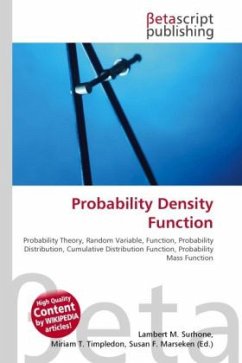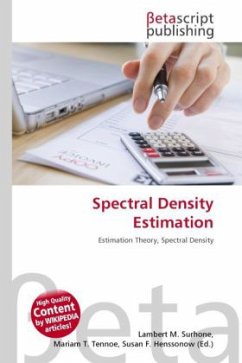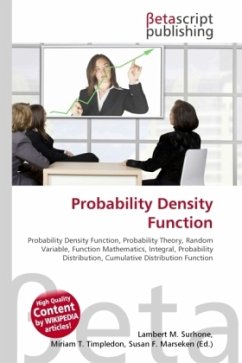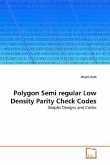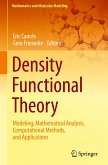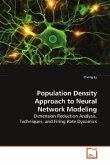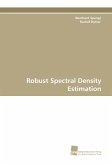High Quality Content by WIKIPEDIA articles! In additive number theory, the Schnirelmann density of a sequence of numbers is a way to measure how "dense" the sequence is. It is named after Russian mathematician L.G. Schnirelmann, who was the first to study it.In 1931 Schnirelmann used these ideas in conjunction with the Brun sieve to prove Schnirelmann's theorem, that any natural number can be written as the sum of not more than C prime numbers, where C is an effectively computable constant. Schnirelmann's constant is the lowest number C with this property.Olivier Ramaré showed in (Ramaré 1995) that Schnirelmann's constant is at most 7, improving the earlier upper bound 19 by Hans Riesel and R. C. Vaughan.Schnirelmann's constant is at least 3; Goldbach's conjecture implies that this is the constant's actual value.


